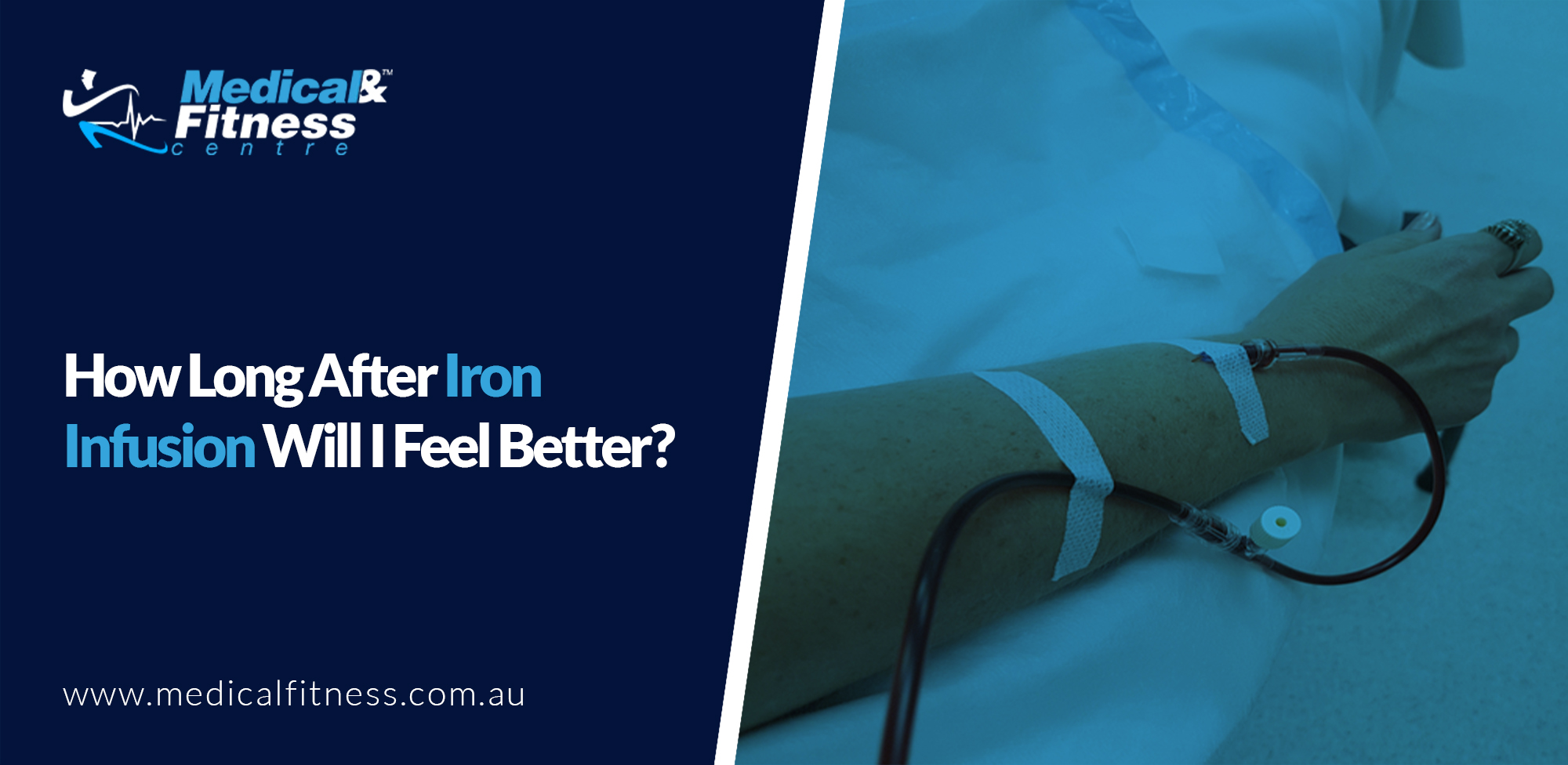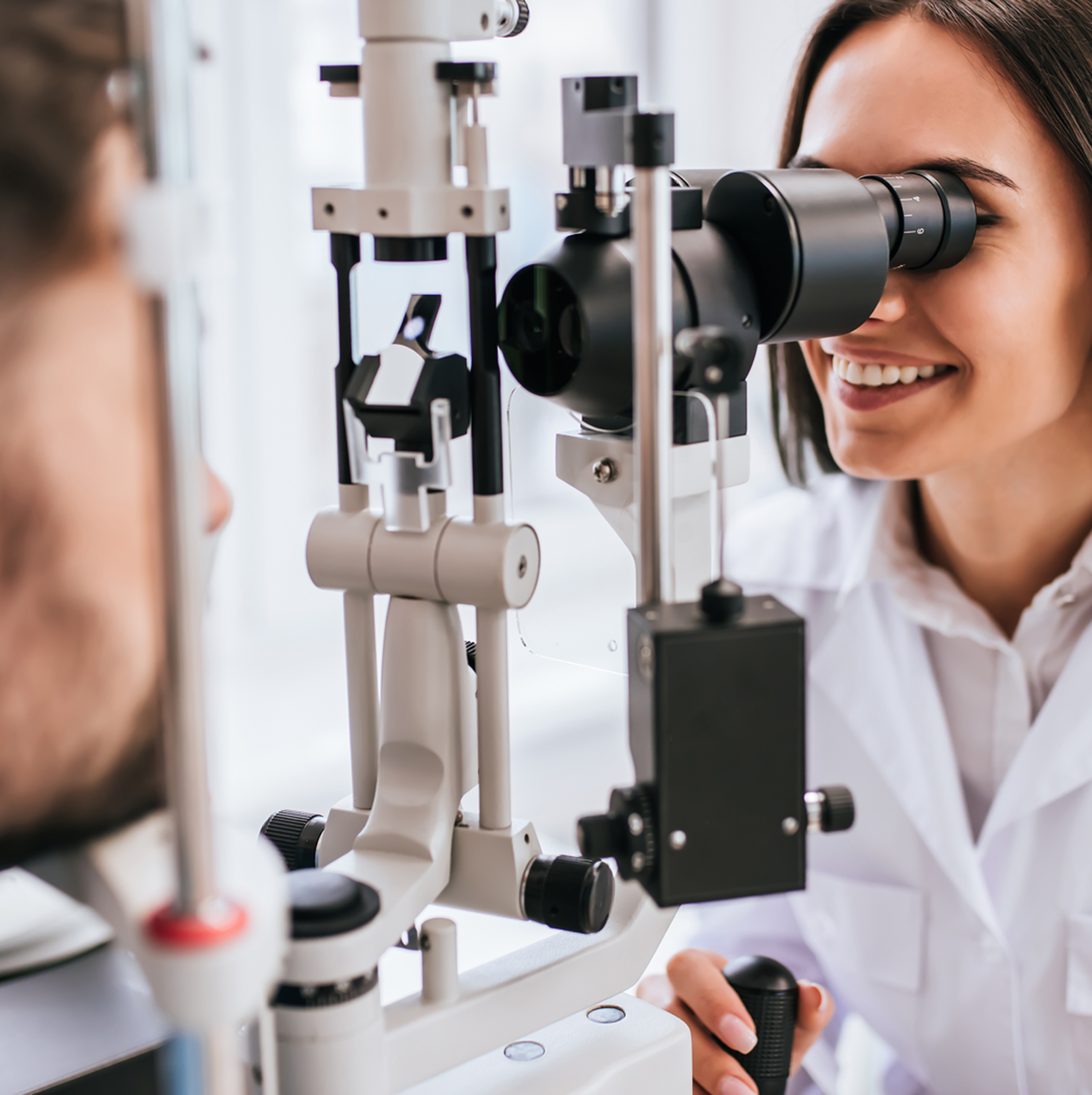The medical supply delivery market is evolving at a remarkable pace, driven by technological advancements, increasing global healthcare demands, and the need for fast, reliable, and secure transportation of medical goods. The market was valued at USD 58.7 billion in 2023, and its growth trajectory is projected to continue at a robust CAGR of 9.7% during the forecast period of 2024-2032, reaching USD 134.9 billion by 2032.
In this in-depth analysis, we’ll delve deeper into the factors shaping the market, the role of technological innovation, the competitive landscape, and regional growth trends.
1. The Critical Role of Timely Medical Supply Delivery
Timely delivery of medical supplies is mission-critical in healthcare. Whether it’s delivering life-saving drugs, vaccines, medical devices, or diagnostic tools, the ability to get these supplies to healthcare providers at the right time can make the difference between life and death.
1.1. Impact on Healthcare Outcomes
In healthcare, delays are costly and can directly affect patient health outcomes. For example, the delivery of blood or organs for transplant has a limited window of time, and any delays can compromise the success of a procedure. The COVID-19 pandemic underscored the importance of reliable medical supply chains, especially for vaccines and testing kits.
1.2. Increasing Global Demand for Healthcare Services
With a rising global population, increased incidence of chronic diseases, and higher demand for healthcare services, the pressure on the medical supply chain is higher than ever. This demand is particularly evident in regions with rapidly growing healthcare systems, such as Asia-Pacific and parts of Latin America.
2. Technological Innovations: Transforming Medical Supply Logistics
One of the most significant drivers of growth in the medical supply delivery market is the adoption of cutting-edge technologies. These innovations are making it easier to transport sensitive and critical medical supplies more efficiently and securely.
2.1. Drone Delivery Systems: A Game Changer for Remote Areas
Drones are revolutionizing the delivery landscape, particularly in regions that are difficult to access by traditional methods. Companies like Zipline and Matternet are at the forefront of using drones to deliver medical supplies to remote and underserved areas. For example, Zipline’s drone network has been used extensively in Rwanda and Ghana to deliver blood supplies to rural hospitals, cutting delivery times from hours to minutes.
- Advantages of Drone Delivery:
- Speed and efficiency in remote or disaster-stricken areas.
- Reduction in human error and delays in transport.
- Ability to bypass challenging terrains or infrastructure limitations.
- Lower costs for long-term operational scale-up compared to traditional delivery methods.
2.2. Autonomous Vehicles: The Next Frontier in Urban Delivery
In urban environments, traffic congestion and unpredictable delays can hinder timely medical deliveries. Autonomous vehicles, being developed by companies like Flirtey and Swoop Aero, offer a promising solution. These vehicles are designed to deliver supplies without the need for human intervention, using advanced navigation systems and sensors to avoid traffic and optimize delivery routes.
- Autonomous Vehicles in Action:
- Reduced delivery times in congested urban areas.
- Higher reliability and less dependence on human labor, lowering operational costs.
- Enhanced efficiency for large medical supply chains servicing multiple hospitals and clinics.
2.3. Real-Time Tracking and AI Integration
The integration of Artificial Intelligence (AI), Internet of Things (IoT), and real-time tracking systems is enhancing the visibility and security of medical supply deliveries. This technology enables real-time monitoring of delivery vehicles, including drone or autonomous vehicle operations, and ensures that medical supplies such as vaccines, blood, and organs are kept at the correct temperature throughout the journey.
- Benefits of AI and IoT Integration:
- Real-time monitoring of temperature and humidity for sensitive supplies.
- Predictive analytics to forecast delivery times and adjust routes based on traffic or weather conditions.
- Enhanced security through blockchain technology, ensuring that supplies remain tamper-free during transit.
3. Regulatory Challenges: Navigating a Complex Global Landscape
While technological innovations are driving the market forward, companies face a range of regulatory challenges. Medical supply delivery is subject to strict guidelines and compliance measures, which vary across different countries and regions. These regulations often pertain to:
- Handling of sensitive medical supplies (e.g., blood, organs, vaccines).
- Temperature-controlled transportation of perishable goods like medications.
- Data protection laws related to the tracking and documentation of deliveries.
- Safety protocols for autonomous and drone delivery systems.
3.1. Regulatory Disparities
One of the significant challenges for global logistics companies is the variation in regulations between countries. For example, the European Union has strict guidelines on the handling and transportation of pharmaceutical products under its Good Distribution Practice (GDP) guidelines. Meanwhile, regulations in developing countries may be less stringent but are rapidly evolving to meet international standards.
3.2. Overcoming Compliance Barriers
Leading logistics companies like DHL and FedEx are investing heavily in compliance management systems to ensure they meet the stringent regulatory requirements across various markets. These systems help automate documentation processes, ensure that proper handling protocols are followed, and reduce the risk of human error during delivery.
4. Competitive Landscape: Major Players and Strategic Moves
The competitive landscape in the medical supply delivery market is dominated by a mix of global logistics giants and emerging technology firms specializing in drone and autonomous delivery. Key players include:
- DHL International GmbH
- UPS (United Parcel Service)
- FedEx Corporation
- CEVA Logistics
- Zipline (drone-based delivery)
- Matternet (drone technology)
- Flirtey (autonomous delivery)
4.1. Investment in Innovation and Expansion
These companies are heavily investing in research and development (R&D) to stay competitive. For example, UPS has partnered with Zipline to explore using drones for urgent medical deliveries in the U.S., while FedEx has been piloting autonomous delivery vehicles for time-sensitive healthcare shipments.
4.2. Strategic Partnerships and Collaborations
Collaboration between logistics providers and healthcare organizations is critical for market growth. By forming strategic partnerships, companies are able to leverage existing healthcare networks and improve their last-mile delivery capabilities. For instance, Matternet has teamed up with several hospital networks to implement its drone delivery systems, reducing the time needed to transport blood samples and diagnostic kits.
5. Regional Market Insights: Uneven Growth Across Geographies
The growth of the medical supply delivery market is not uniform across the globe. Regions with advanced healthcare infrastructures are leading the market, while emerging markets are catching up quickly. Here’s a look at the regional dynamics:
5.1. North America: Leading the Charge
North America is the largest market, driven by well-established healthcare systems, strong logistics infrastructure, and leading players like UPS and FedEx. The region is also home to several key regulatory agencies, such as the FDA, which enforce strict guidelines for medical supply transportation, ensuring high compliance rates.
5.2. Europe: Embracing Innovation
Europe is embracing innovative delivery technologies, particularly in countries like Germany, France, and the U.K., where drone technology is gaining traction. DHL has been pioneering drone-based delivery systems across various European countries, while governments are pushing for stricter environmental standards, encouraging the use of electric and autonomous vehicles for deliveries.
5.3. Asia-Pacific: A Hotbed for Growth
The Asia-Pacific region is expected to witness the fastest growth over the next decade due to its rapidly expanding healthcare infrastructure. Countries like China and India are investing heavily in their healthcare systems, creating vast opportunities for logistics providers. With growing populations and increasing access to healthcare, the demand for efficient supply chains is surging in this region.
6. Future Outlook: What Lies Ahead
The future of the global medical supply delivery market is bright, with key trends likely to continue shaping the industry:
- Expansion of drone delivery services to cover more rural and hard-to-reach areas.
- Greater integration of AI and blockchain technologies to ensure transparency and security in medical supply chains.
- Continued investment in autonomous vehicles for urban deliveries, reducing dependency on human labor and improving efficiency.
- Sustainability will also play a significant role, as logistics companies strive to reduce carbon footprints and adopt more environmentally friendly delivery solutions.



